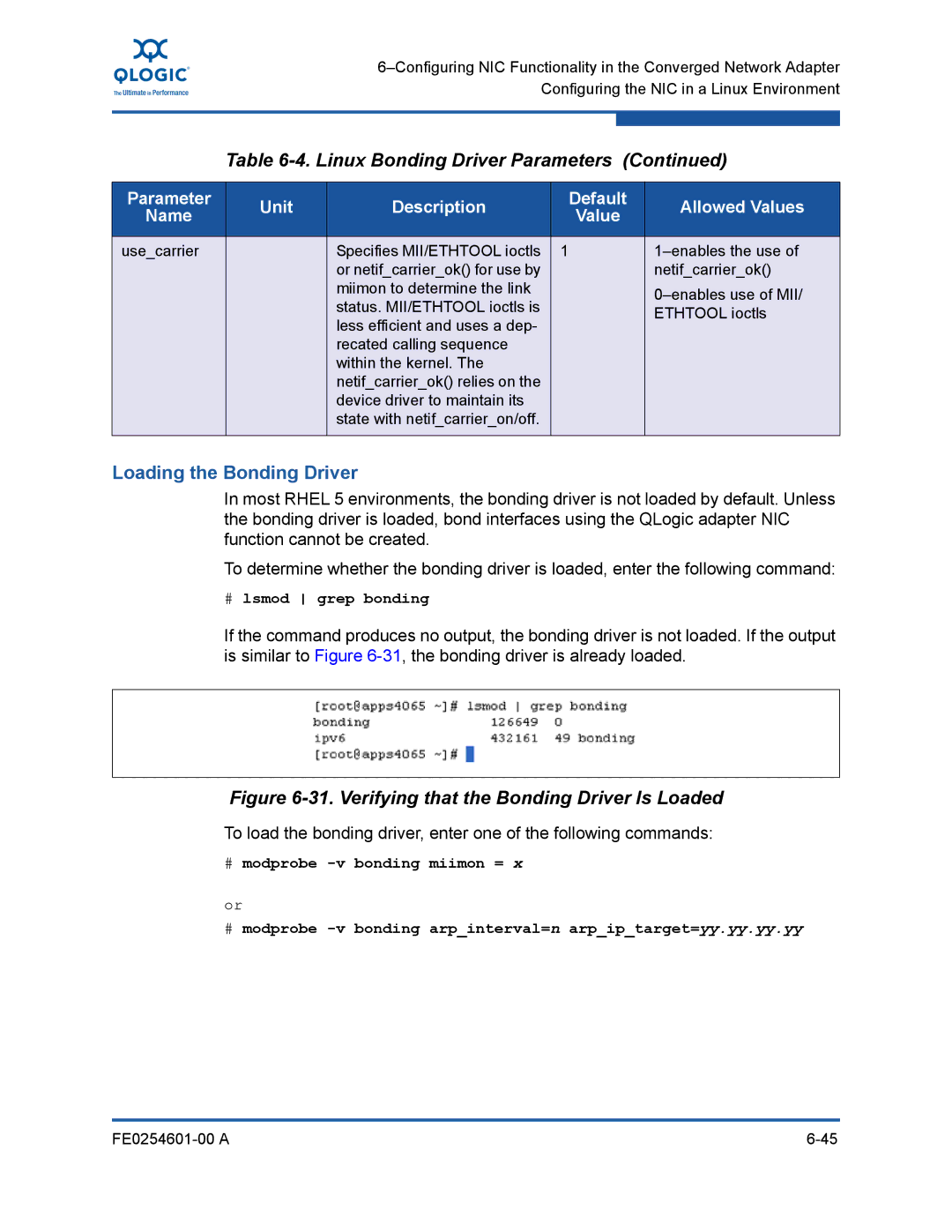
Table 6-4. Linux Bonding Driver Parameters (Continued)
Parameter | Unit | Description |
| Default | Allowed Values |
Name |
| Value | |||
|
|
|
| ||
|
|
|
|
|
|
use_carrier |
| Specifies MII/ETHTOOL ioctls | 1 |
| |
|
| or netif_carrier_ok() for use by |
|
| netif_carrier_ok() |
|
| miimon to determine the link |
|
| |
|
| status. MII/ETHTOOL ioctls is |
|
| |
|
|
|
| ETHTOOL ioctls | |
|
| less efficient and uses a dep- |
|
| |
|
|
|
|
| |
|
| recated calling sequence |
|
|
|
|
| within the kernel. The |
|
|
|
|
| netif_carrier_ok() relies on the |
|
|
|
|
| device driver to maintain its |
|
|
|
|
| state with netif_carrier_on/off. |
|
|
|
|
|
|
|
|
|
Loading the Bonding Driver
In most RHEL 5 environments, the bonding driver is not loaded by default. Unless the bonding driver is loaded, bond interfaces using the QLogic adapter NIC function cannot be created.
To determine whether the bonding driver is loaded, enter the following command:
#lsmod grep bonding
If the command produces no output, the bonding driver is not loaded. If the output is similar to Figure
Figure 6-31. Verifying that the Bonding Driver Is Loaded
To load the bonding driver, enter one of the following commands:
#modprobe
or
# modprobe
|
